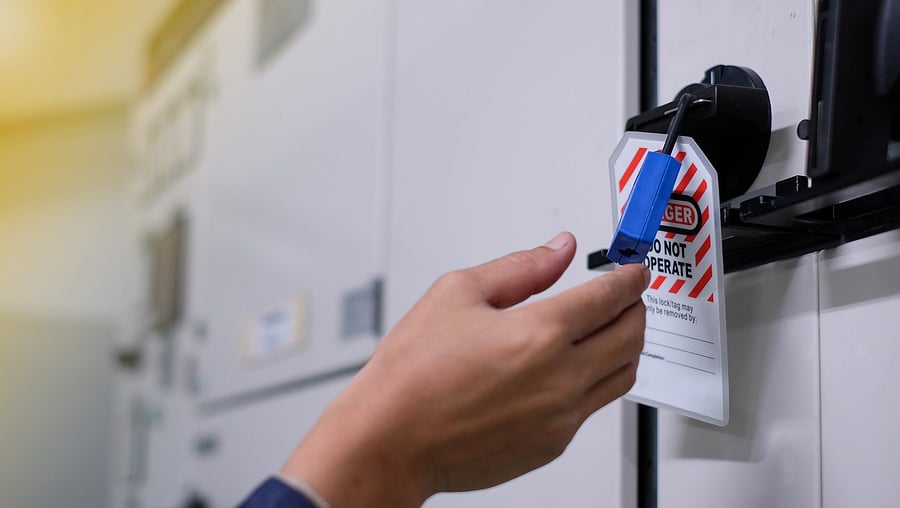 Electricity power station company, Keadby Generation, has been fined £200K after three contractors sustained multiple fracture injuries while carrying out maintenance work in Cheshire. The workers were removing a recirculation pump for maintenance when approximately 38.5m cubed of diluted slurry and associated stored energy was released while the pump was being removed, resulting in the contractors being knocked off the concrete plinth where they had been working.
Electricity power station company, Keadby Generation, has been fined £200K after three contractors sustained multiple fracture injuries while carrying out maintenance work in Cheshire. The workers were removing a recirculation pump for maintenance when approximately 38.5m cubed of diluted slurry and associated stored energy was released while the pump was being removed, resulting in the contractors being knocked off the concrete plinth where they had been working.
An investigation by the Health and Safety Executive (HSE) found that the pressurised contents of the pump and associated pipework had not been discharged prior to work commencing due to the drainpipe being blocked. This resulted in the release of stored energy during the removal of the pump instead of during the isolation process.
Many types of equipment will retain stored energy when stopped, rotational or hydraulic residual power, conveyor roll back, spring compression or gravity are all examples which need to be addressed when you implement a Lock Out Tag Out procedure. Ask yourself has all hazardous energy been relieved, and rendered safe and if not, have additional measures been put in place to dissipate or restrain it (e.g. chains). Actually try it out and ensure energy can not re-accumulate (air systems).
It's crucial that Lock Out Tag Out isn’t just viewed as “putting a padlock on it". It must be part of a wider safety procedure that identifies tasks and equipment that may expose employees to hazardous energy, identifies hazardous energy sources and prevents accidental energizing and unauthorized reactivation.
SG World’s Loto solution gives operators a formal, auditable Lock Out Tag Out process, including a supporting isolation certificate has the dual function of ensuring the equipment has no residual energy supply and is made safe and clean prior to power being re-connected.”
Russell Barnard, SG World Product Manager